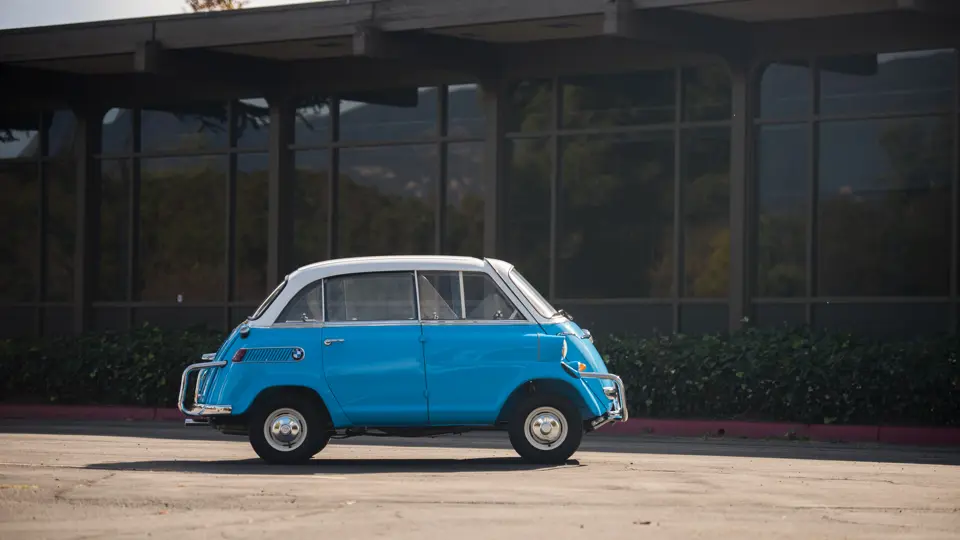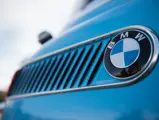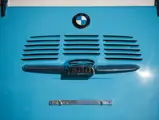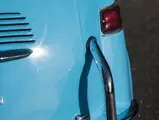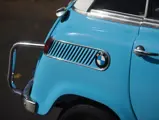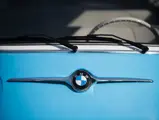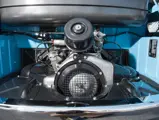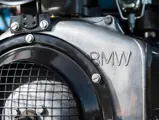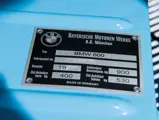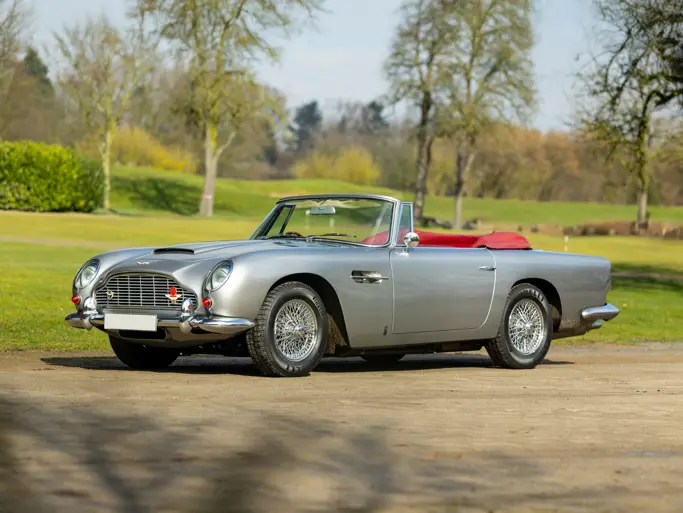26 bhp, 582 cc air-cooled four-stroke opposed twin-cylinder engine with Zenith carburetor, four-speed manual transmission with synchromesh, front trailing arm suspension with coil springs, rear semi-trailing arm suspension with coil springs, and four-wheel hydraulic drum brakes. Wheelbase: 66.9 in.
By the mid-1950s, West Germany had begun to recover from the turmoil of World War II, and its population was no longer satisfied with the tiny “microcars” being provided for their transportation by local automakers. BMW answered the need by extending their popular Isetta microcar, with—somewhat amazingly—accents by Michelotti and Pinin Farina, on a lengthened four-passenger chassis with advanced coil-over suspension at all four corners. Access to the front seat was by the Isetta’s trademark “front door,” while a conventional door on the right side was provided for the rear seat. Out in back was a lively and reliable boxer twin-cylinder engine, fan-cooled and providing enough “oomph” for 60 mph, as well as fuel economy that would permit worry-free long-distance family outings.
As Leonard Frank memorably wrote of the 600 in Special Interest Autos, “Don’t laugh; it works.” The interior space in a 600 is surprising and perfectly suitable for four people, and numerous comfort options that were available mean it is no bare-bones transportation, either. It is, in summary, a remarkably well-thought-out car, confirmed in modern times by a strong worldwide following.
The 600 offered here, number 122850, was delivered on April 30, 1958, to the American BMW importer, Max Hoffman, in the name of Fadex Commercial Corporation of New York City, as is documented by material on file from BMW Group Archives. Correspondence by the McCaw Collection with the Vintage Microcar Club revealed that the car had been owned by Larry Huguenin, an Isetta and 600 collector from Ormond Beach, Florida. Subsequently, it was restored by Agger Automotive of Colorado, after which it was purchased in 2010 by its current owner.
The amazing presentation found throughout is a testament both to the quality of its restoration as well as the maintenance that the car has received in the McCaw Collection. Best described as “jewelry,” it is finished beautifully and consistently, inside and out, with all chrome except the headlight rings re-plated and all stainless trim nicely polished. The interior, upholstered in a checkered material, is nearly flawless, while the engine bay and underbody are both, in the words of an RM Sotheby’s specialist, “clean enough to eat off of.” In other words, the car still appears fresh in nearly every detail, the only flaws of note being orange peel and a few blemishes in the roof pillars and a few hairline cracks in the molded dash.
A superlative 600, this car is perfectly at home among the other beautiful machines of the McCaw Collection.





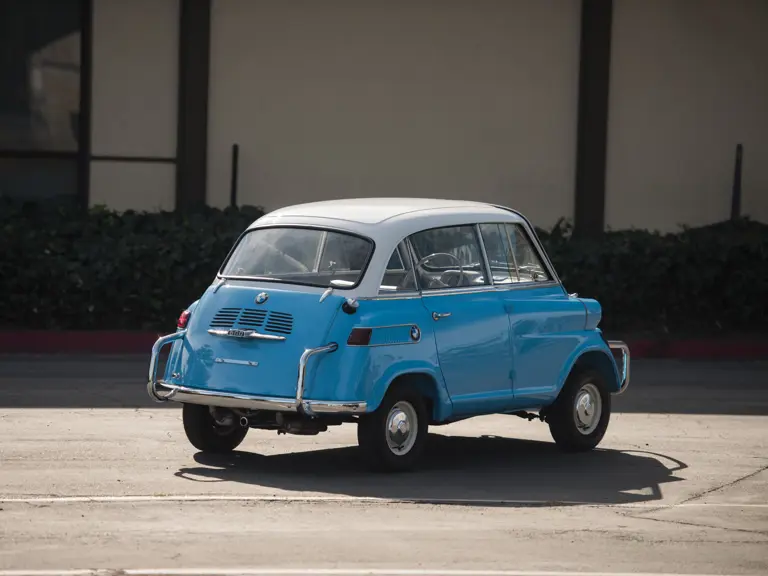

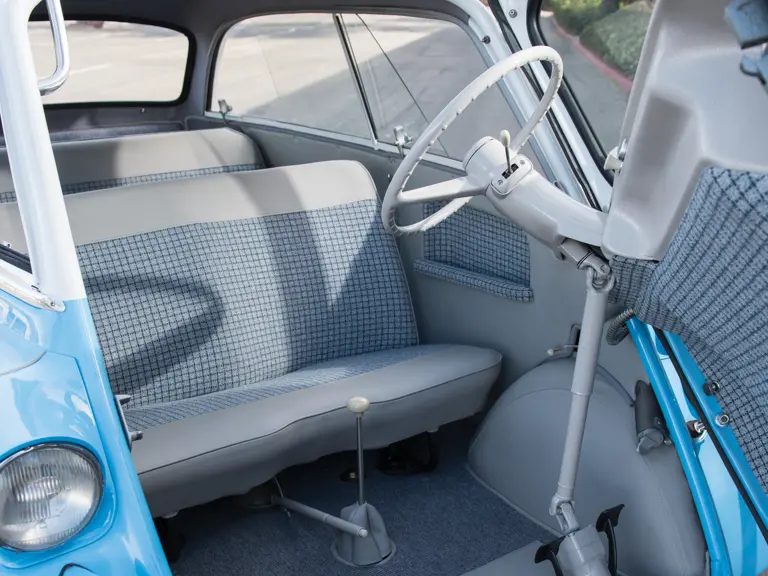

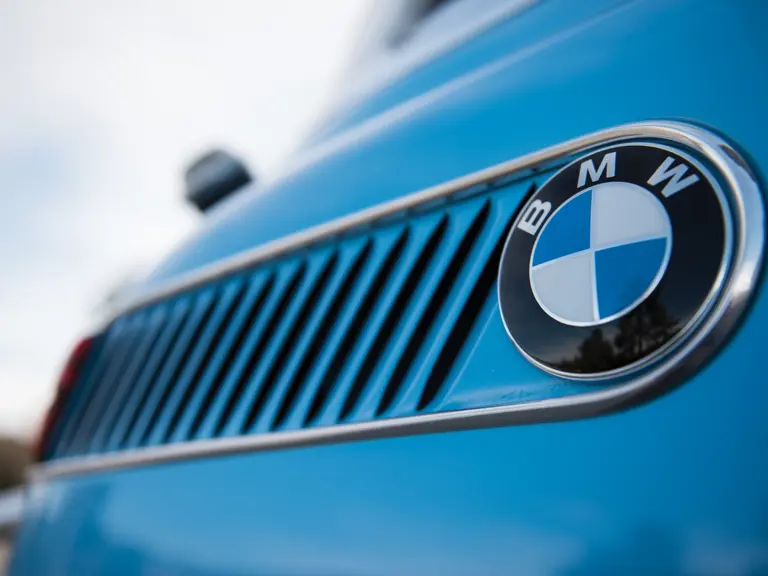
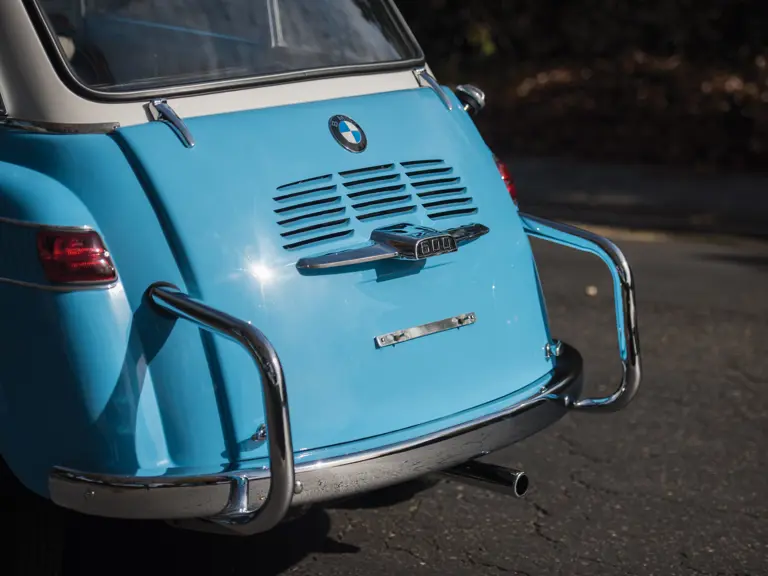
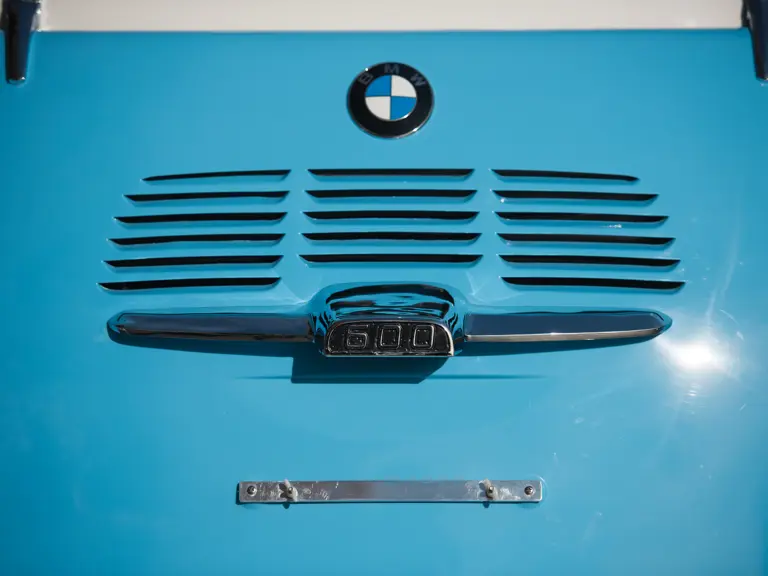
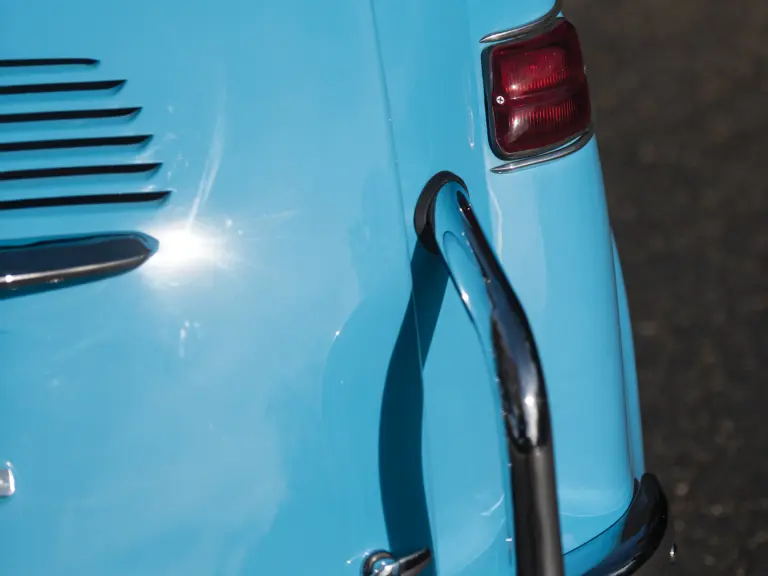
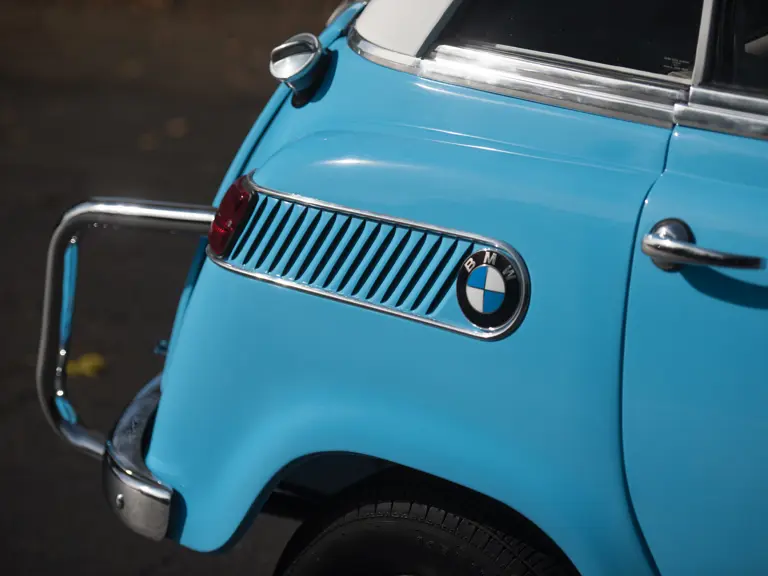

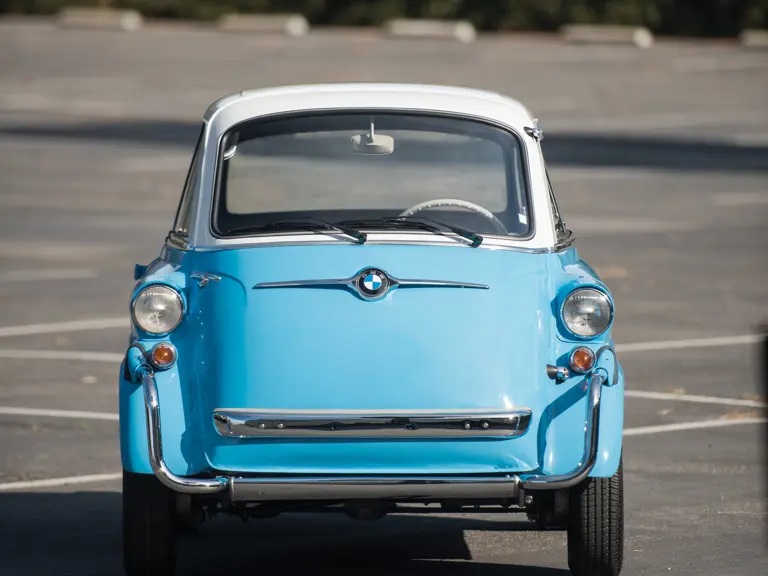
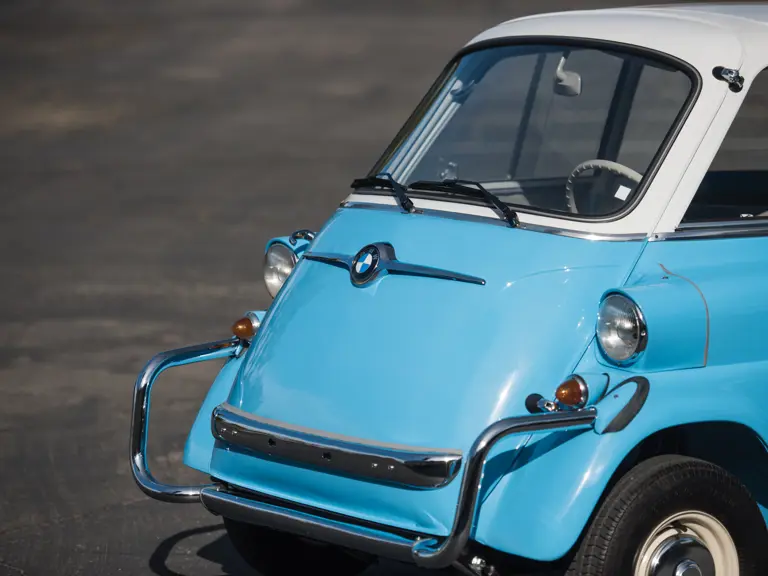

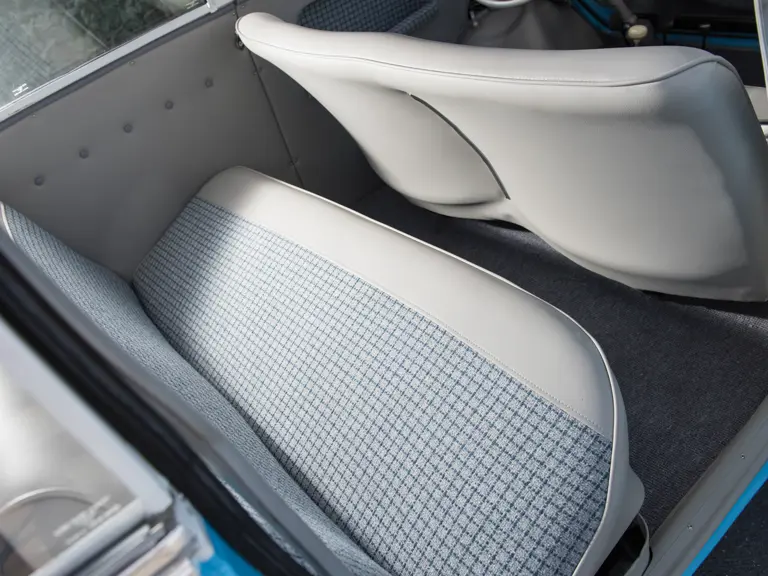
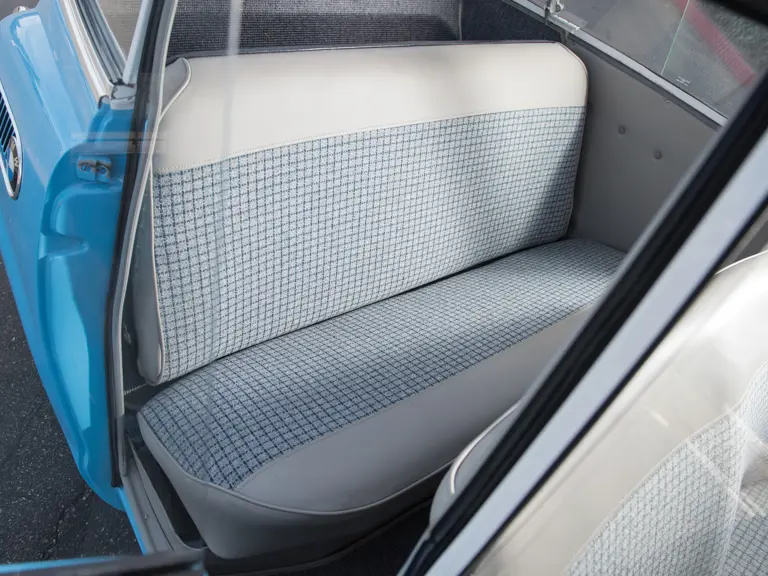
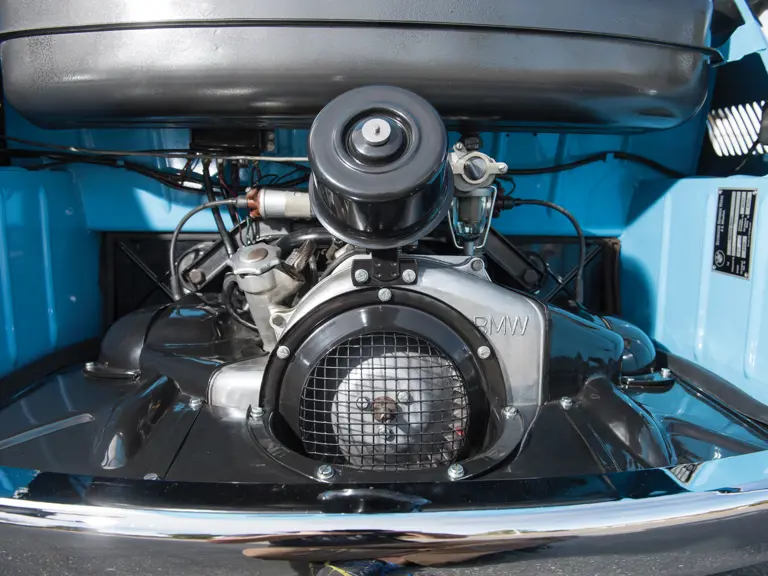
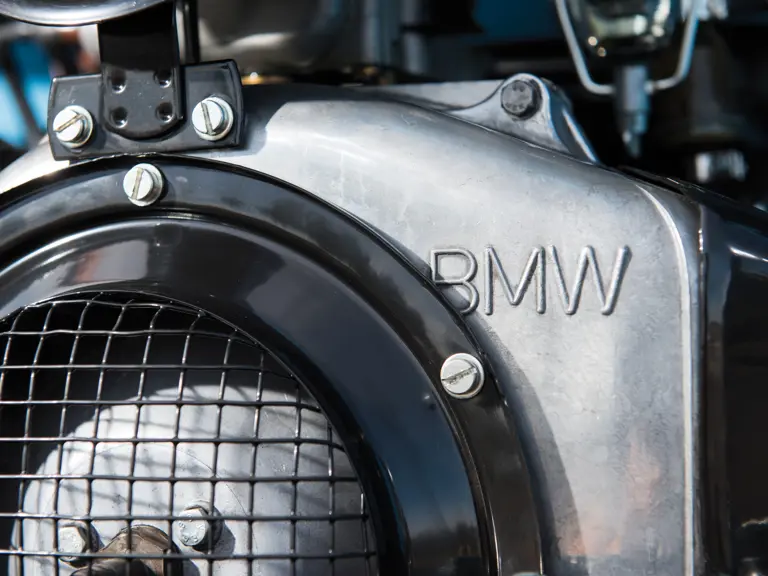
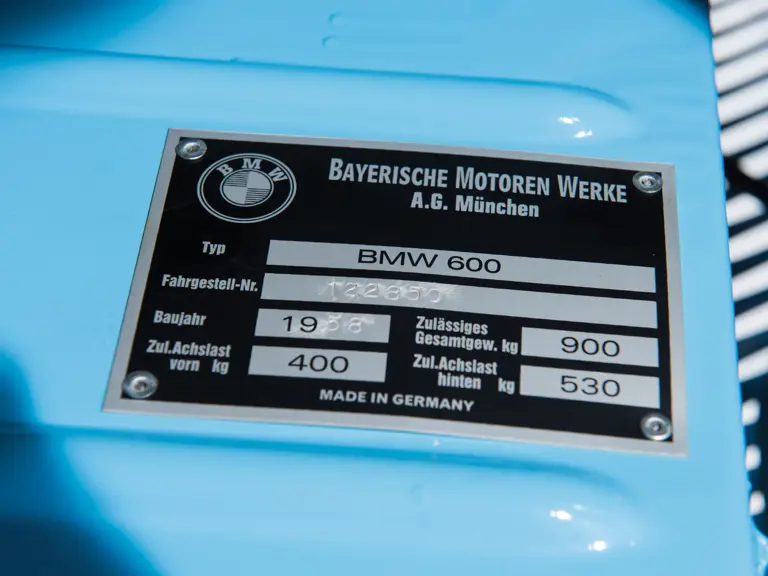
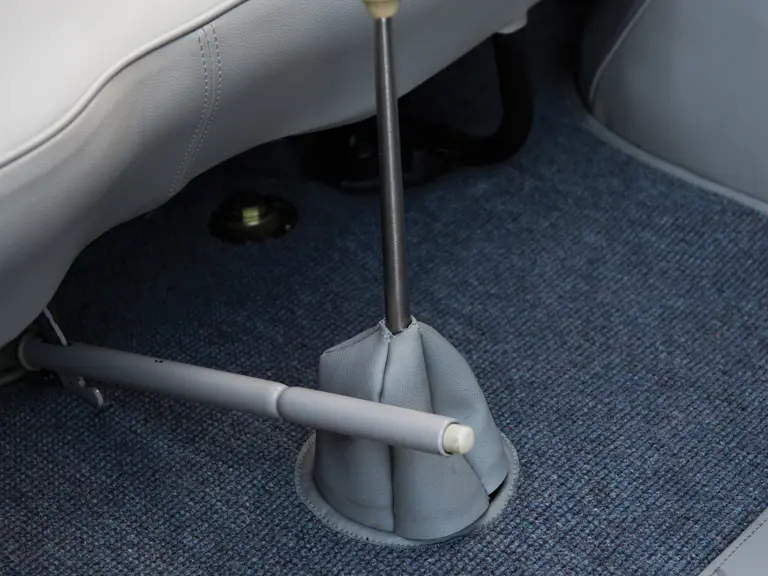


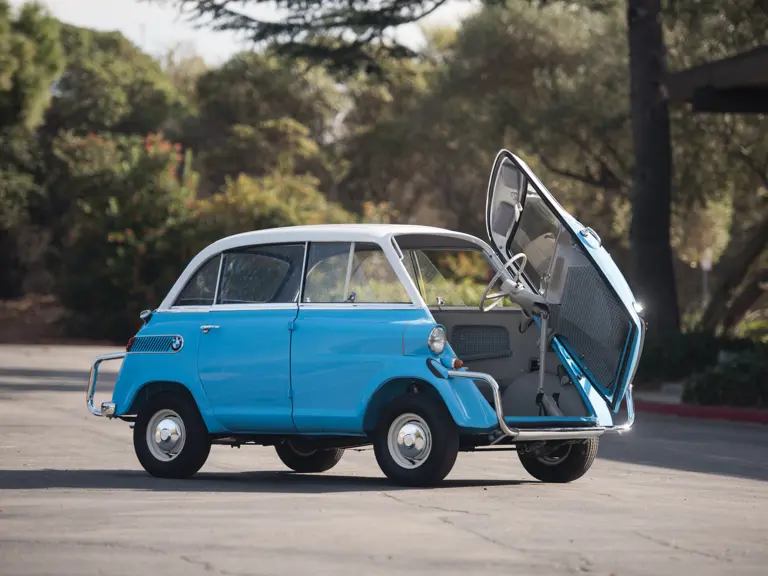
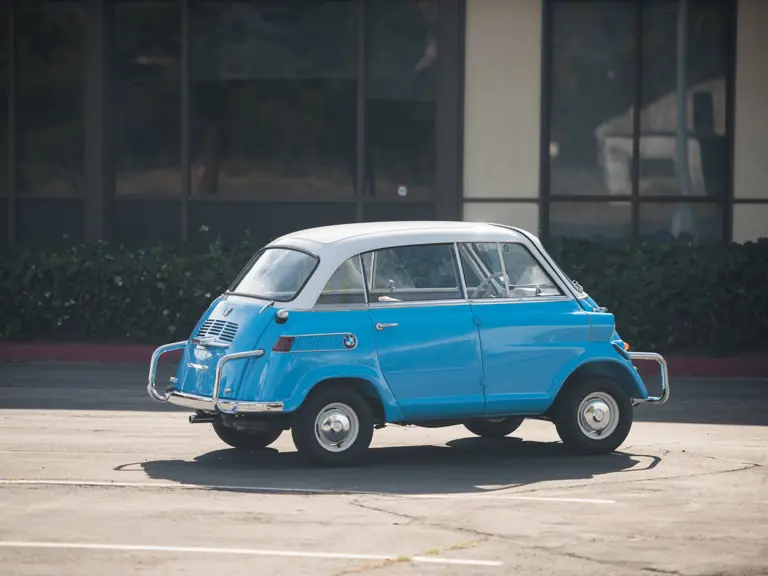
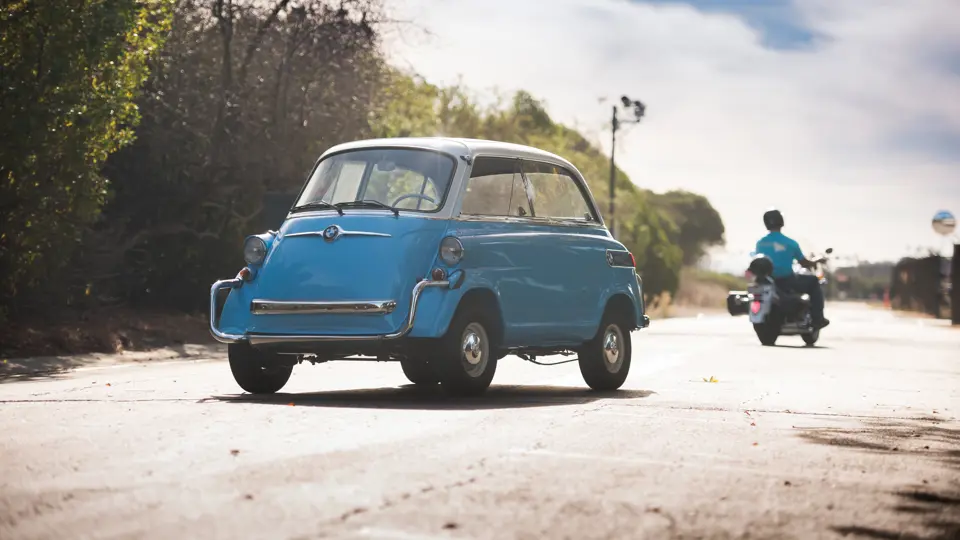
 | Phoenix, Arizona
| Phoenix, Arizona
